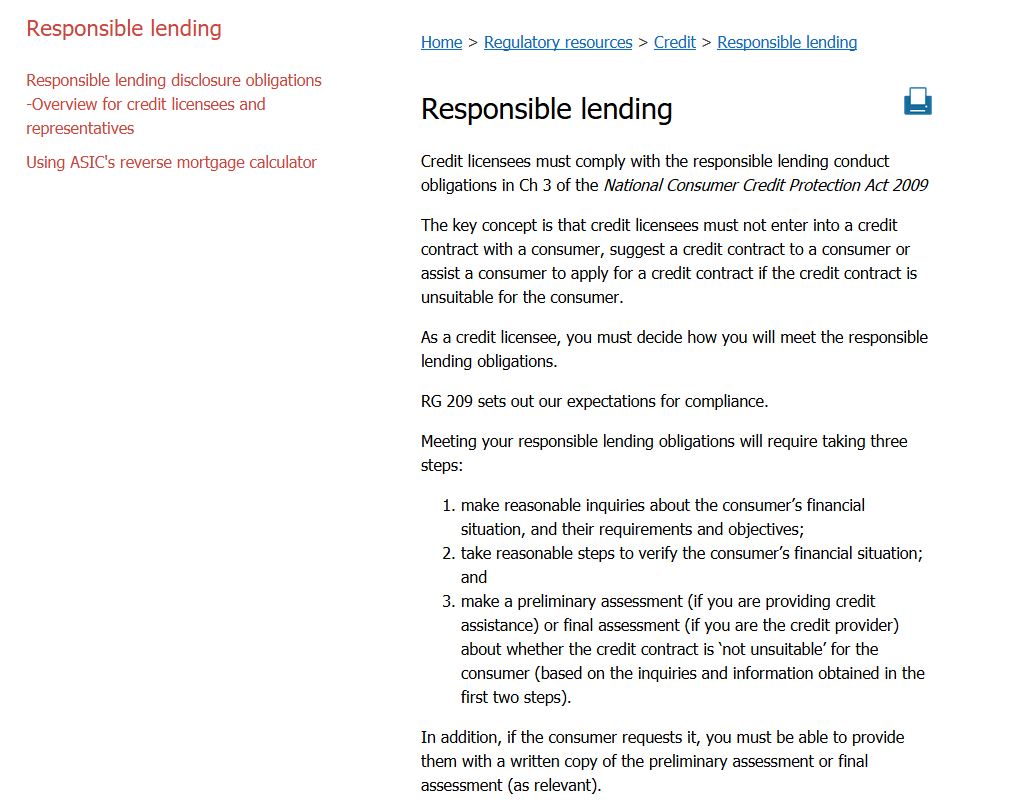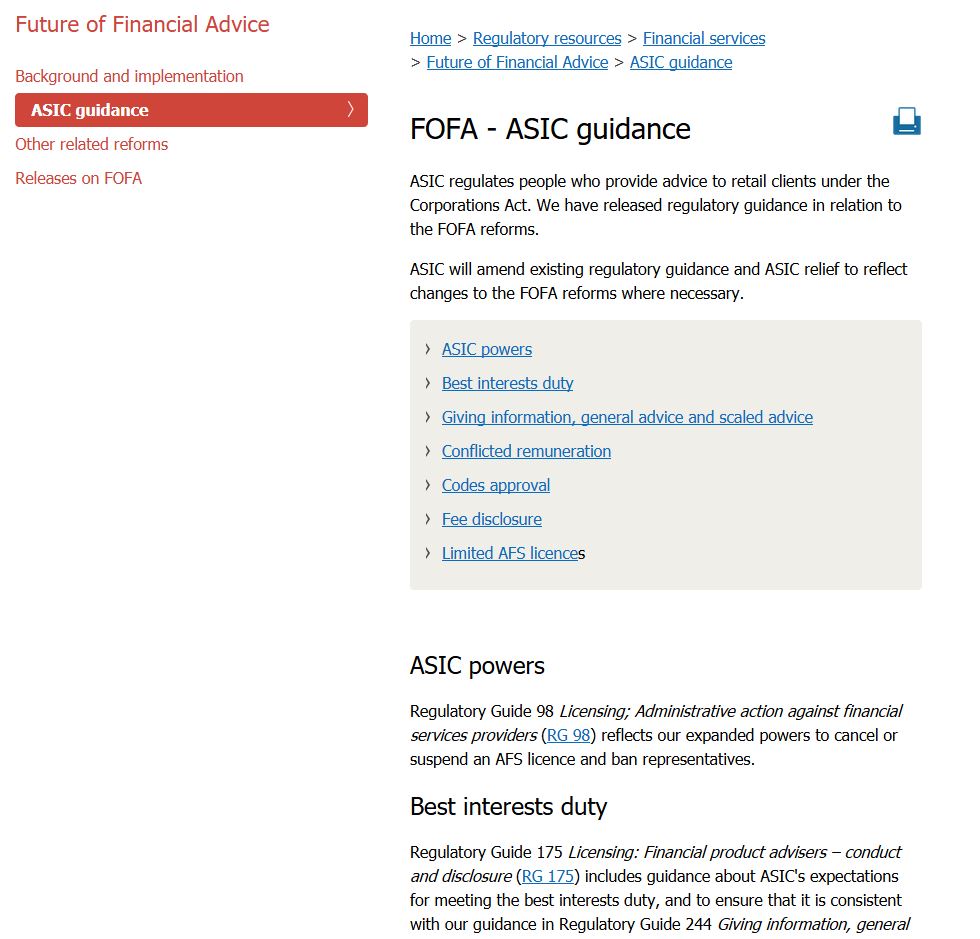Slower credit growth and reduced borrowing capacity are expected to wipe 10 per cent off volumes this year, but brokers may find a silver lining in their trail commissions.
Investor lending has fallen by 16.1 per cent over the year to March, while owner-occupied lending is off by 2.2 per cent, according to the Australian Bureau of Statistics.
The latest housing finance statistics show that lending to owner-occupiers fell by 1.9 per cent in March, the highest rate of decline in over two years; investor lending fell by 9 per cent over the month.
However, these figures are yet to reflect the latest round of credit tightening by the major banks, who face increased scrutiny amid damning evidence of irresponsible lending during the first round of the royal commission.
Both the major banks and the RBA expect credit growth to slow.
Digital Finance Analytics principal Martin North believes that we are now entering a “credit crunch”, which will reduce total mortgage volumes by around 10 per cent over the next year.
Mr North said that the changing credit landscape paints “a complex picture” for brokers.
“The chances are that people will not be moving as swiftly as they had previously, so you might find that, in fact, the trail commissions go on for longer, which is a good piece of news,” Mr North said.
“But in terms of new business volumes, not only is there lower demand now, particularly for property investors, but tighter lending criteria means that brokers will have to work a lot harder to get the information from clients and go through more hoops to get an application processed. Overall volumes will be down.
“My own feeling is that we haven’t yet seen the full impact of the tightening that is happening as we speak. I’m predicting about a 10 per cent fall in volumes over the next year.”
Mr North told The Adviser that cooling property prices may force some property owners in Sydney and Melbourne to capitalise on years of growth, sell up and downsize.
However, he believes that first home buyers are unlikely to fill the gap and that any government incentives are now failing to encourage new mortgage sales. The latest ABS figures show that the percentage of FHBs fell to 17.4 per cent over March.
In addition to tighter credit conditions, mortgage brokers also face increased compliance in response to a slew of inquiries.
“This may mark the point in the cycle where some brokers decide to quit the industry,” Mr North said. “You may end up with a smaller number of brokers. I think there will be a bit of a shake-out.”
Greater scrutiny and increased regulation is the primary driver of tighter lending conditions. However, with the RBA signalling that the next cash rate movement will be up, Mr North sees little indication that the situation will change.
“I don’t think there is anything that will reverse that any time soon,” the principal said. “If anything, rates will go up, further tightening credit. I don’t think this is a temporary shift; it’s a realignment of the market. People need to start planning their businesses on a different trajectory.







